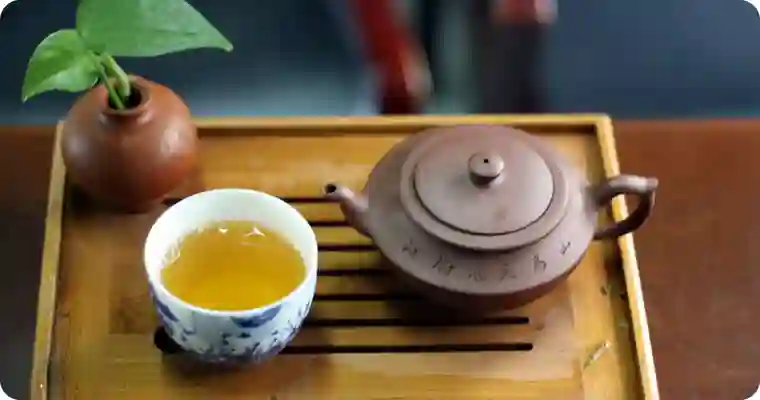
Beyond the Leaves: Unravelling the Mystique of Chinese Tea Culture
China is acknowledged as the origin of tea, initially imbibed for its medicinal properties. Beyond being the foremost global exporter of tea, it holds a prominent position as the largest consumer market for this ancient beverage. Projections indicate that the tea market in China is poised to achieve a noteworthy revenue of US$49.8 billion in the year 2023. As a land steeped in history and tradition, it boasts a culture transcending mere beverage consumption. The roots of tea in china culture run deep, entwined with a rich tapestry of rituals, ceremonies, and diverse varieties. As you delve into the nuances of this ancient practice, you will uncover the layers that make this beverage culture a true embodiment of refinement and connection.
The Essence of Culture
At the centre of China’s tea culture lies an essence beyond the leaves. It’s a blend of philosophy, art, and a deep-rooted connection to nature. This culture is a mirror reflecting the values and aesthetics that have evolved over centuries. This profound connection to nature is evident in the cultivation of leaves and in the spiritual significance attached to the seasons, weather, and terroir of each growing region, creating a holistic tapestry that binds the culture to the very essence of the land.
A Sip into Tranquility
For the Chinese, tea is not just a beverage; it’s a moment of reflection, a pathway to tranquillity. The act of preparing and savouring it is a mindful practice, a journey where every step embodies a respect for nature and a celebration of the present moment.
The Art of Preparation: A Dance of Leaves and Water
Embarking on a journey through the collection of Chinese teas, one discovers the intricate art of preparation. From the delicate dance of leaves in a teapot to the gentle pour of water, every step is a choreography that transforms the act of brewing into a visual and sensory spectacle.
Diverse Varieties, One Culture
With its vast landscapes and diverse climates, China is home to a spectrum of beverages, each with its own story and flavour profile. From the robust notes of black to the nuanced elegance of green tea, exploring the varieties is akin to traversing the diverse terrain of the Middle Kingdom.
Oolong: The Dance of Partial Oxidation
In Chinese beverages, Oolong stands out as a masterpiece. The partially oxidised leaves undergo a meticulous process, resulting in a drink that encapsulates the best green and black teas. Its aroma and flavour unfold like a story, with each sip revealing a new chapter.
Pu-erh: Aged Elegance in a Cup
Pu-erh, another gem in the Chinese treasury, takes us on a journey through time. With leaves aged to perfection, this fermented drink offers a unique experience that transcends the ordinary. Each cup is a testament to the patience and artistry embedded in the culture.
A Floral Symphony
For those enchanted by floral notes, Jasmine tea is a harmonious melody. The delicate scent of jasmine flowers infuses the leaves, creating a beverage that is not just a drink but an olfactory experience. It’s a reminder that Chinese culture is not confined to taste alone; it engages all the senses.
The Ritual of Ceremonies: Connecting Past and Present
Chinese tea culture is incomplete without the revered ceremonies. These rituals, steeped in tradition, are a bridge between the past and the present. The precision of movements, the significance of utensils, and the shared experience create a space where time seems to stand still.
Conclusion: A Sip into Chinese Heritage
As you explore the diverse offerings of tea in China, you will find yourself not merely sipping a beverage but partaking in a cultural experience. Beyond the leaves lies a world of tradition, philosophy, and sensory delights. The culture beckons you to slow down, appreciate the artistry in each cup, and connect with a heritage that has been brewing for centuries.